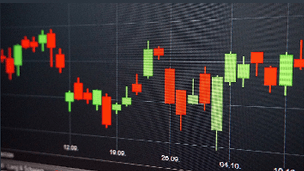🎁 Exclusive Discount Just for You!
Today only: Get 30% OFF this course. Use code MYDEAL30 at checkout. Don’t miss out!
The last close is considered the confirmation level. This level should be crossed if prices are to confirm. The lowest point in the formation of a candlestick pattern is the stop loss level.
Martin Pring – Introduction to Candlestick Charting |
Course Features
- Lectures 0
- Quizzes 0
- Duration Lifetime access
- Skill level All levels
- Students 0
- Assessments Yes

